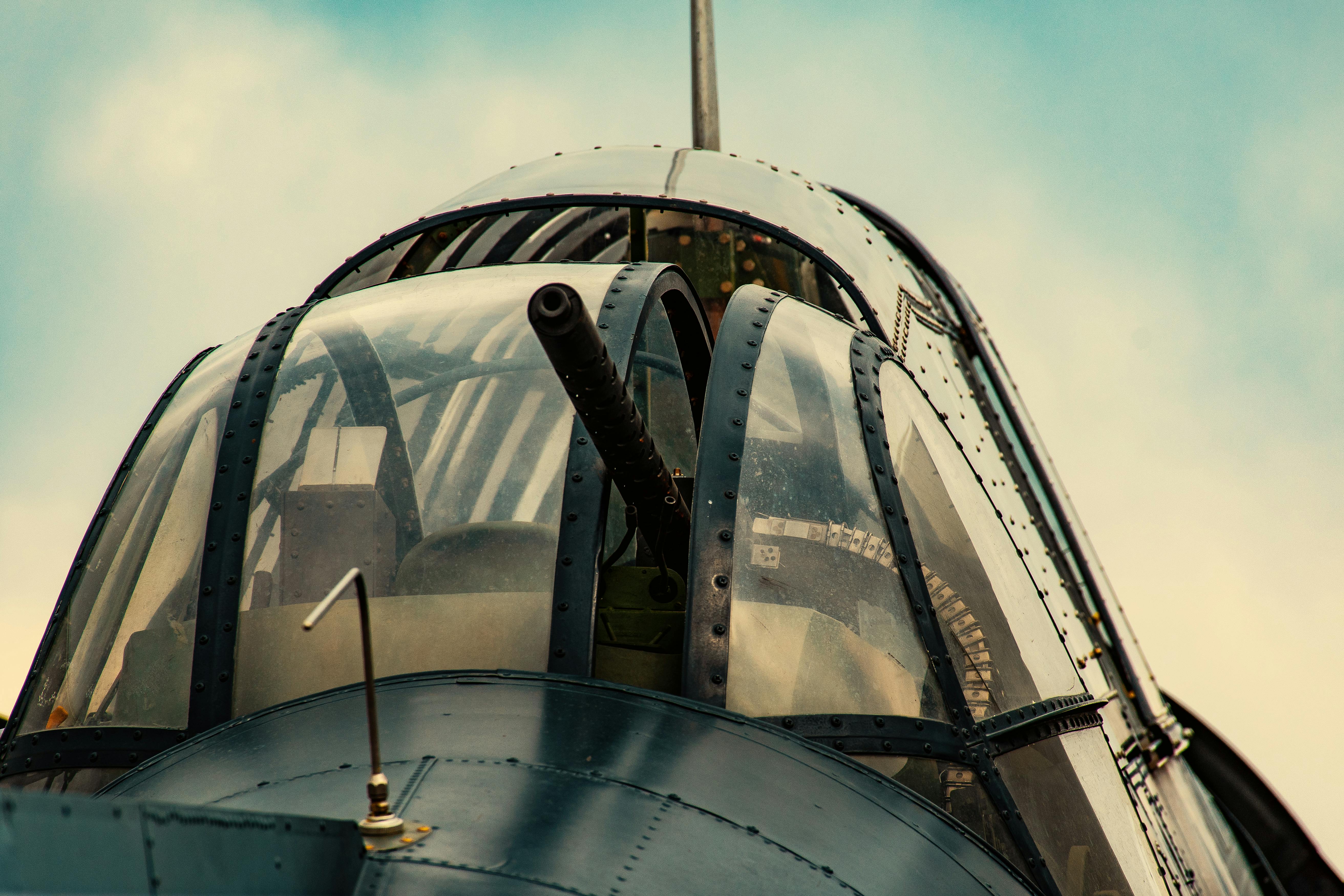Investment or investment casting is a versatile but ancient process, used to make a wide variety of parts ranging from turbocharger wheels to golf club heads, from electronic boxes to hip replacement implants.
The industry, while heavily dependent on aerospace and defense outlets, has expanded to meet an ever-increasing range of applications.
Modern investment casting has its roots in the heavy demands of World War II, but it was the adoption of jet propulsion for military and later civilian aircraft that spurred the transformation of the ancient craft of casting to lost wax is one of the most outstanding techniques in modern industry.
Lost-wax casting expanded greatly throughout the world during the 1980s, particularly to meet the growing demand for parts for aircraft engines and fuselages. Today, precision casting is an important part of the foundry industry, with precision foundries now accounting for 15% of the value of all cast metal production in the UK.
It really is the modernization of an ancient art.
Lost-wax casting has been used for at least six millennia for sculpture and jewelry. About a hundred years ago, dental inlays and later surgical implants were made using this technique. World War II accelerated the demand for new technology and then, with the introduction of gas turbines for military aircraft propulsion, transformed the ancient craft into a modern metal-forming process.
Turbine blades and blades had to withstand higher temperatures as designers increased engine efficiency by raising inlet gas temperatures. Modern technology has certainly benefited from a very old and ancient metal casting process. The lost wax casting technique eventually led to the development of the process.
known as lost foam casting. What is lost foam casting?
Lost foam casting or (LFC) is a type of metal casting process that uses disposable foam patterns to produce castings. Lost foam casting uses a foam pattern that remains in the mold during metal pouring. The foam pattern is replaced by molten metal,
produce the foundry.
The use of foam patterns for metal casting was patented by HF Shroyer during that year of 1958. In Shroyer’s patent, a pattern was machined from a block of expanded polystyrene (EPS) and held with adhering sand for the spill. This process is known as the full mold process.
With the full mold process, the pattern is typically machined from an EPS block and used to make large, one-of-a-kind castings. The full mold process was originally known as the lost foam process. However, current patents have required that the generic term for the process be known as full mold.
It was not until 1964 that MC Fleming used unbonded dry silica sand with the process. This is known today as lost foam casting (LFC). With LFC, the foam pattern is molded from polystyrene beads. LFC differs from the full cast method by the use of non-bonded sand (LFC) instead of
agglomerated sand (complete mold process).
Foam casting techniques have been referred to by a variety of generic and proprietary names. Among these are Lost Foam Casting, Evaporative Pattern Casting, Evaporative Foam Casting, Full Mold, Styrocast, Foamcast, Styrocast, and Vaporized Foam Casting.
All of these terms have created a lot of confusion about the process for the design engineer, the foundry user, and the foundry producer. The lost foam process has even been adopted by people who practice the art of foundry work at home, it provides a relatively simple and inexpensive method of producing metal castings in the backyard foundry.
Col Croucher



